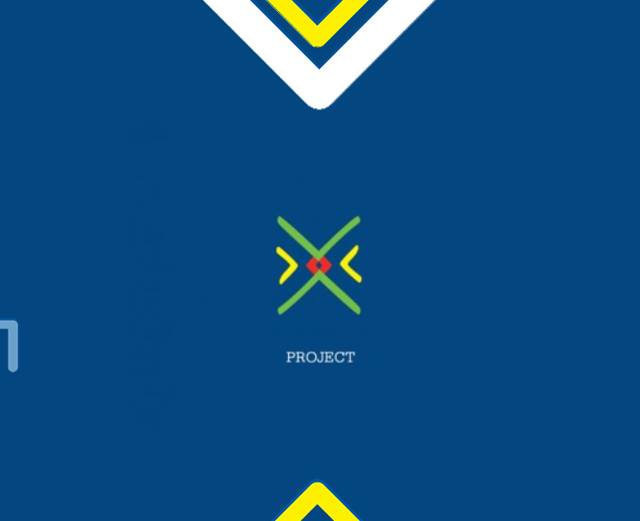
Our Projects are
Transforming African Trade
Quick Contacts
2nd Floor, Fidelity Insurance Centre Waiyaki Way, Westlands






Population (Millions)
2020
GDP (Billion)
2020
GDP Growth
2020
Inflation
2021
Kenya is a major gateway to East Africa and a regional hub for trade, finance, communication and transportation services. The Mombasa Port serves over 200 million people as a critical node for trade for the Northern Corridor and it also serves northern Tanzania, DR Congo and Ethiopia. Evidence shows that many Kenyan businesses are still not sufficiently competitive to take full advantage of this emerging trade opportunities, particularly in terms of the capacity to export. The country, through Vision 2030 aims to transform into industrialising middle-income status with an annual economic growth rate of 10% driven by an exported development strategy. Kenya’s key challenge is creation of more productive jobs for an increasing youth population and attracting private investors who can drive innovation and entrepreneurship. Thus, it is imperative for Kenya to reduce the cost of doing business, which is necessary for a robust private sector.
Kenya’s economic reforms, characterised by a high economic growth rate, have not benefitted the whole populace. Increased terrorism has had significant impact on the tourism sector, which constitutes 25% of GDP and employs over 500,000 people. Over 40% of Kenyans live on less than US$1.21 a day. Further, inequality that mostly affects women, youth and rural populations remains a challenge that can only be addressed through inclusive economic growth and sustainable job creation.
In Strategy 2, TMA will continue to support increased trade for job creation and improved livelihoods by reducing barriers to trade. This will be done through infrastructure development, removal of Non-Tarriff Barriers, standards improvement and adoption of ICT for Trade to increase efficiency and transparency. TMA will also support business to enhance their productivity and competitiveness.
| Mombasa Resilient Infrastructure | 20% reduction in Diesel Particulate Matter and nitrogen oxide from OGVs docking in Mombasa port. KPA passes the ISO 14001 environmental standards audit |
|---|---|
| Mombasa West Integrated Urban Road | 50% reduction in traffic congestion intensity around the port of Mombasa and increased % of berth moves per hour |
| SPS certification and traceability systems for agricultural products | 50/50 targeted companies comply with HACCP certification (food safety standards; Increase by X% (or actuals) in certified agriproducts exports);90 per cent of cotton sold to market meets organic certification standards |
|---|---|
| NTB Identification, Registration, prioritization and elimination | 100% of NTB along the main corridors in EAC and EATN reported, prioritized & regularly monitored; 60% of NTBs reported at the EAC/EATN border resolved through NRS; Up to 10 complex NTBs resolved per year 40% reduction in tariff equivalent of the NTM class |
| Integrated Trade Management Systems | Weighted Average: less than 2 days |
|---|---|
| Customs Efficiency Enhancements | Weighted Average: >15%; Mombasa to Malaba = 5 days 12 hrs; Mombasa to Nairobi: 2days 12hrs |
| Implementation of WTO Agreements | 75% of the National Trade Facilitation Committee work plan actions implemented |
|---|---|
| Trade Policy | Trade development bill and trade remedies enacted and 20% of action plan implemented; agribusiness policy and legislation implemented; regulatory and legislative reforms for textiles and apparel manufacturers developed and implemented |
| Developing Private-Public Dialogue (PPD) dialogue platforms for PSO/CSOs | 35 in total |
|---|
| Capacity Development for Logistics Industry | 30% reduction in price of logistics services |
|---|
| Export Growth for Export-ready businesses | 30% increase in volume; up to $ 60 million; 80,000 SMEs |
|---|
| Capacity Building for Women Traders and producers | % number of women traders increased |
|---|
COVID-19 threatens to reverse the significant economic gains that have been made in Sub-Saharan Africa, and particularly the reduction in trading costs accrued for the last 10 years. The Safe Trade Emergency Facility (Safe Trade) is TMEA’s response to support the East African governments mitigate the pandemic’s economic impacts and...


The dynamic and stringent international standards on horticulture products remain an increasing impediment to Kenyan farmers seeking to access export markets. Increasingly, failure by horticultural producers to adhere to restrictions and quality control measures has led to a decline in exports to the EU market, for example.



Ahmed has 20 years demonstrable experience working with illustrious institutions in providing advisory and assurance services on strategy, policy and operational matters relating to economic development.
Ahmed is an international development practitioner who possesses an MA in International Development (Poverty, Conflict and Reconstruction) from University of Manchester, UK, and a Bachelor of Commerce (Accounting) from Kenyatta University. He is also a member of Institute of Certified Public Accountants of Kenya (ICPAK), a member of the Institute of Internal Auditors (IIA), and associate member of Certified Fraud Examiners (CFE).